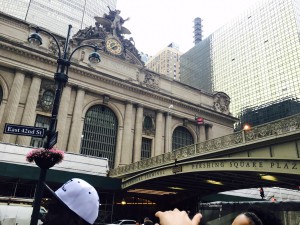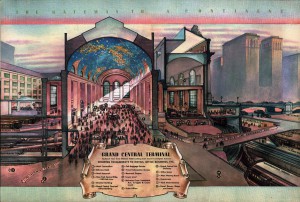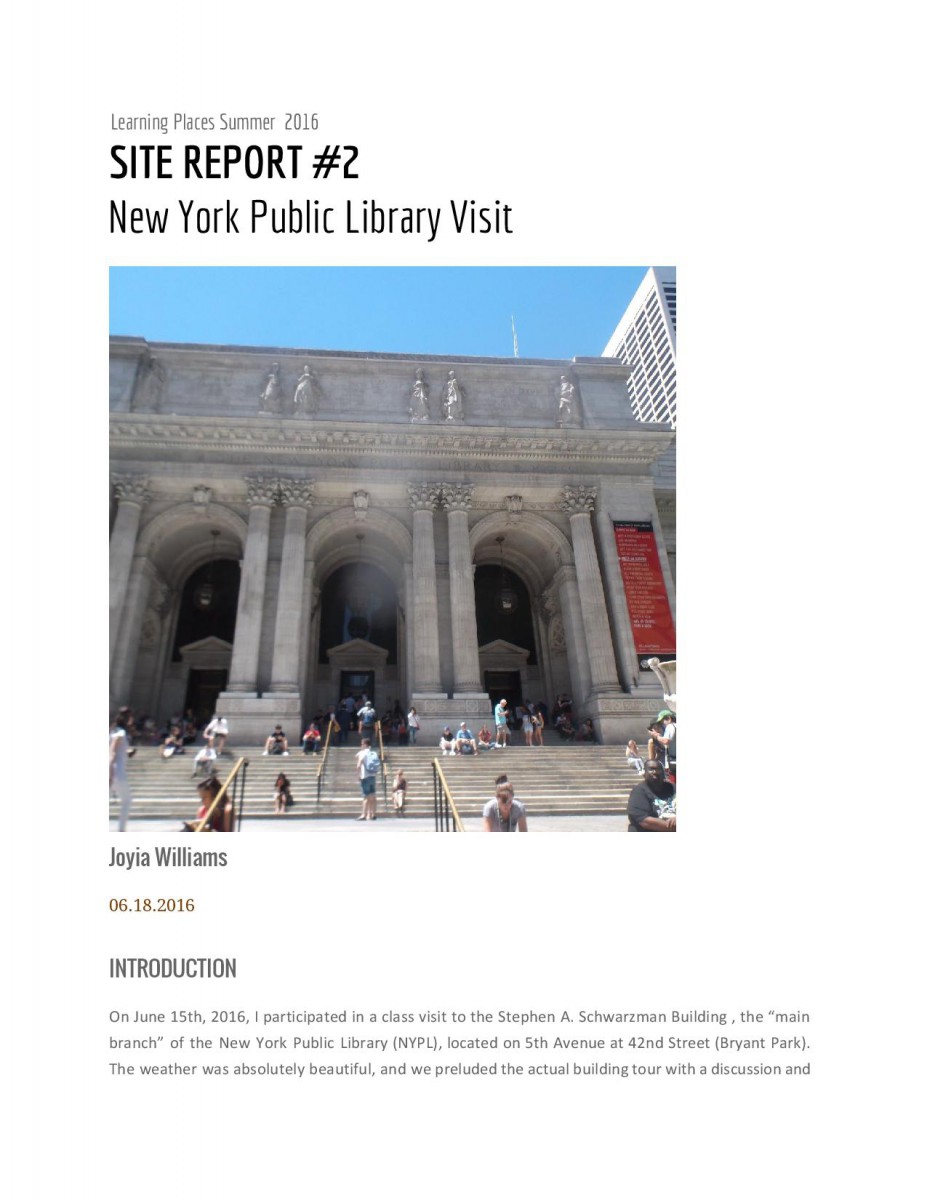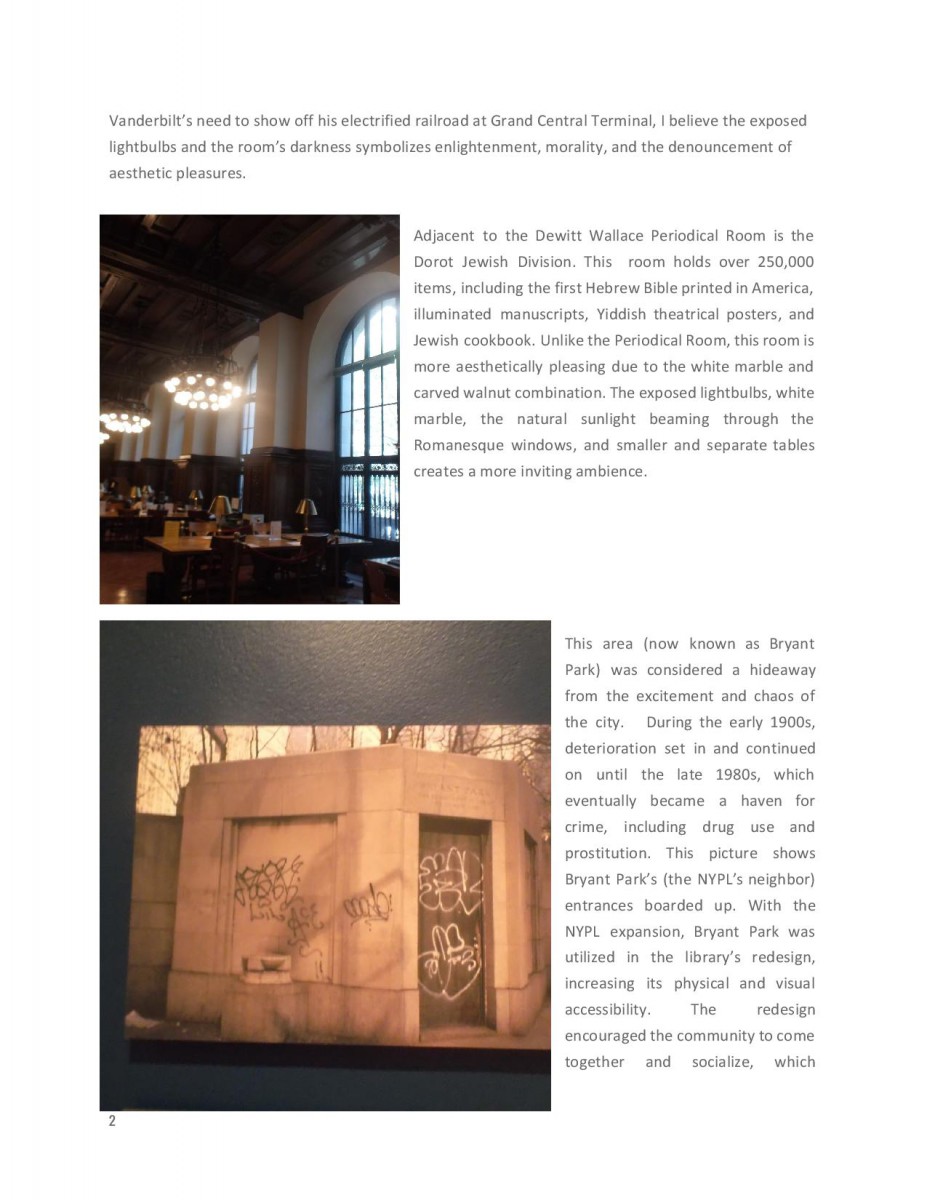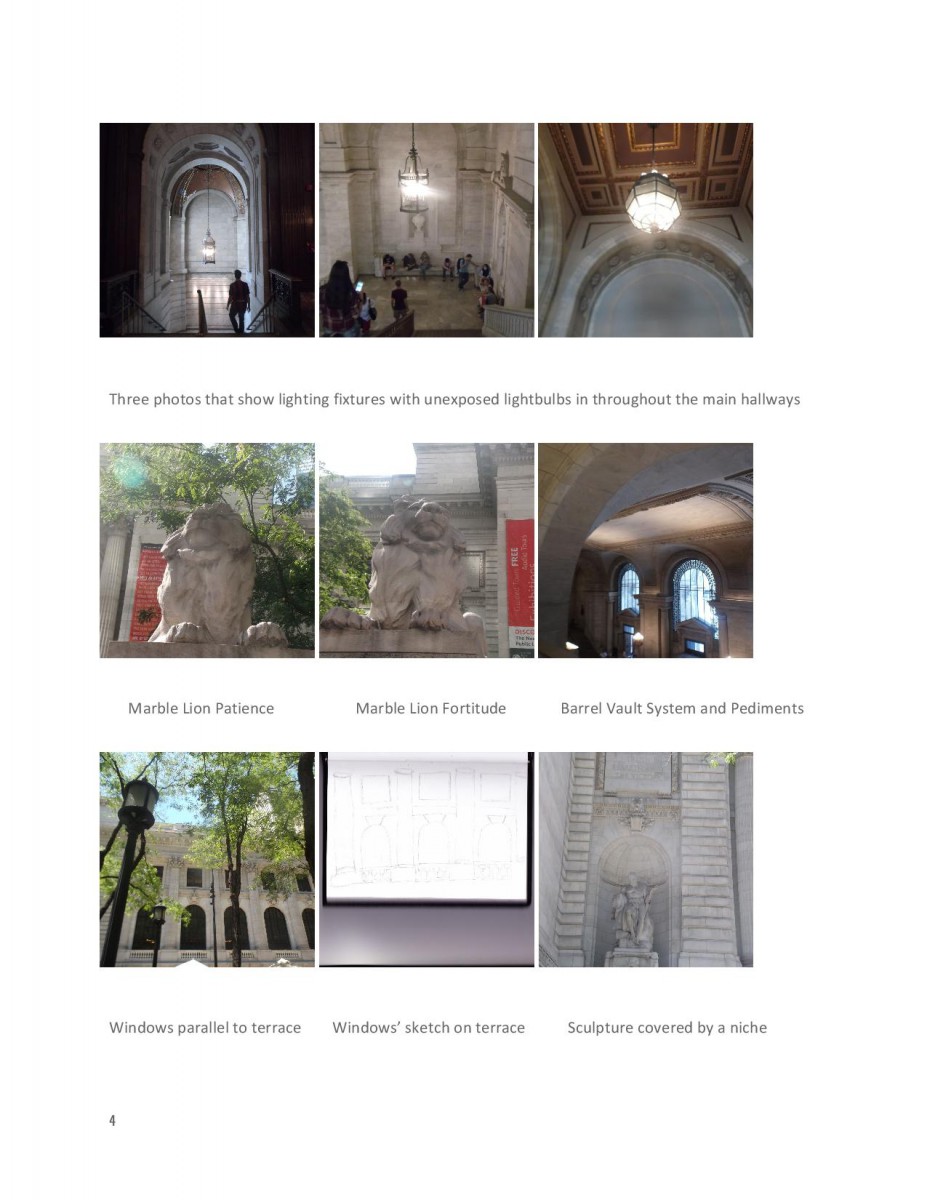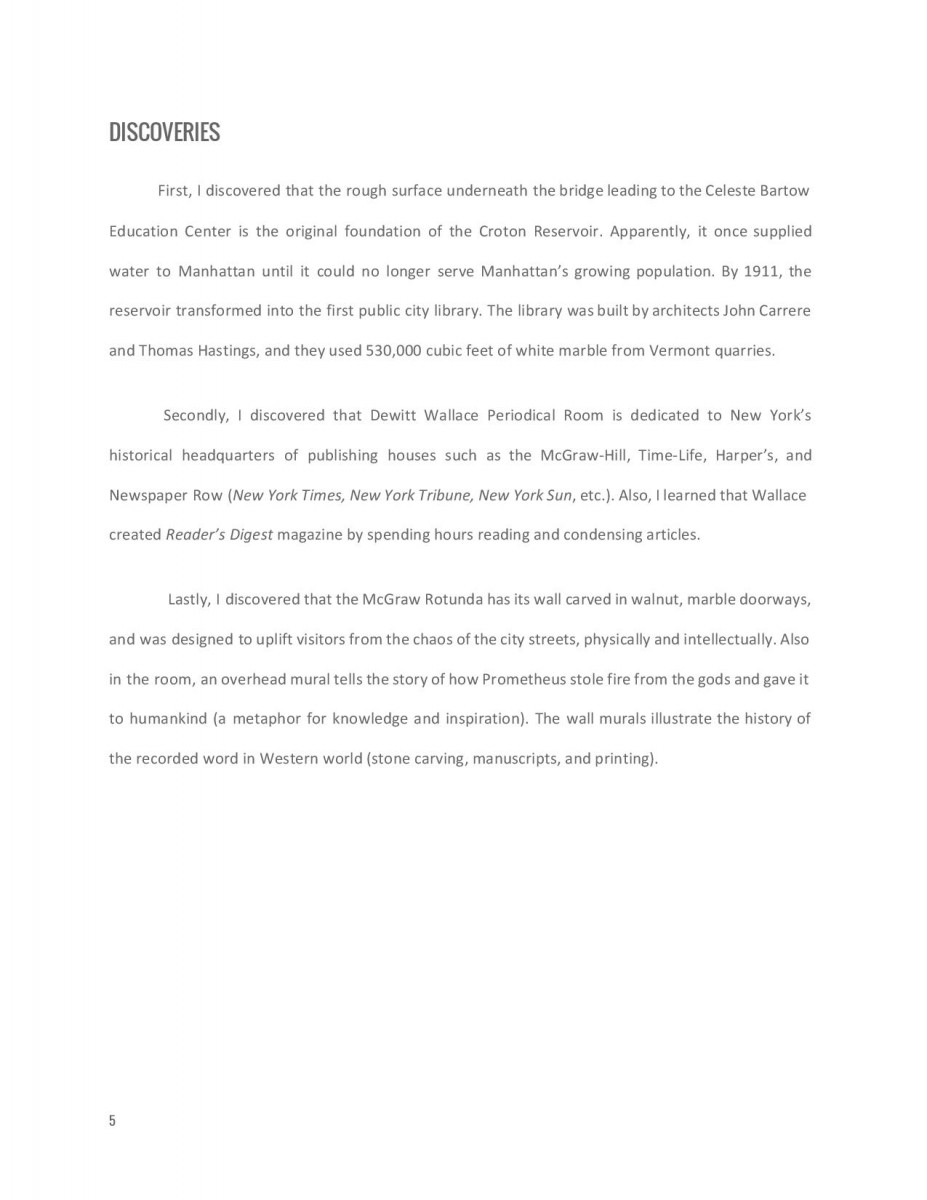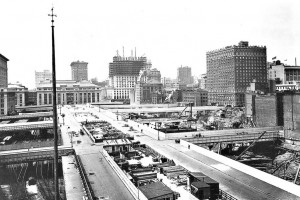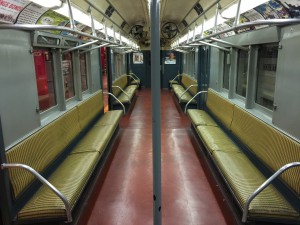The MTA Archival visit was extremely thought provoking because of how much there was to see! The MTA archives were filled with some amazing primary sources of GCT that depicted various times of and around the terminal. Looking at the sources, and knowing how GCT is today, gave me an interesting perspective on not just GCT, but also about how archives preserve a moment in time for future generations to look back at. I’m sure when the photographs that we saw were taken, no one thought much about the pictures, because they were still current and life probably seemed “boring” and dull. However, those same photographs of the terminal being built, and the surrounding areas of Bryant Park, and Times Square are priceless to us because of how unequivocally different that time is to this.
At the archive we were fortunate to meet with Haley, who accommodated us and was our archive proctor. She brought us some pretty interesting primary sources from the Metro North Collection, and also gave us some insightful information about finding aids (kind of like metadata- data about the sources, like what agency the source was organized by, the type of material, the date of the source, etc.), and about different materials that we looked at (cyanotype, etchings, gelatin coated).
There were two sources that I found extremely interesting. Unfortunately, the photograph that I really wanted to use as a source of GCT being built, I was unable to get. However, the other source was a wartime pamphlet:
Title: “Wartime Guide to Grand Central Terminal”
Creator/Publisher: NY Central System
Year: 1940
This source was extremely descriptive as well as intended as a visual aid. The source was in pamphlet format (a double gated pamphlet) and was intended as wartime paraphernalia most likely intended for to motivate troops and bring business to the terminal. It was published in 1940, which means that it was created during World War II.
The source is interesting because it shows the extent that GCT went in order to bring business, even in the time of warfare. To me it shows that GCT was able to become a center even in the face of war. This source would be vital in research for the uses of GCT, one of the uses also being a place where troops were being transported.
For further research:
What other uses of GCT arise over different periods of time? What use is being put to GCT today?
How did WWII effect the railroad business?
How did GCT cope with changing technological advances?

